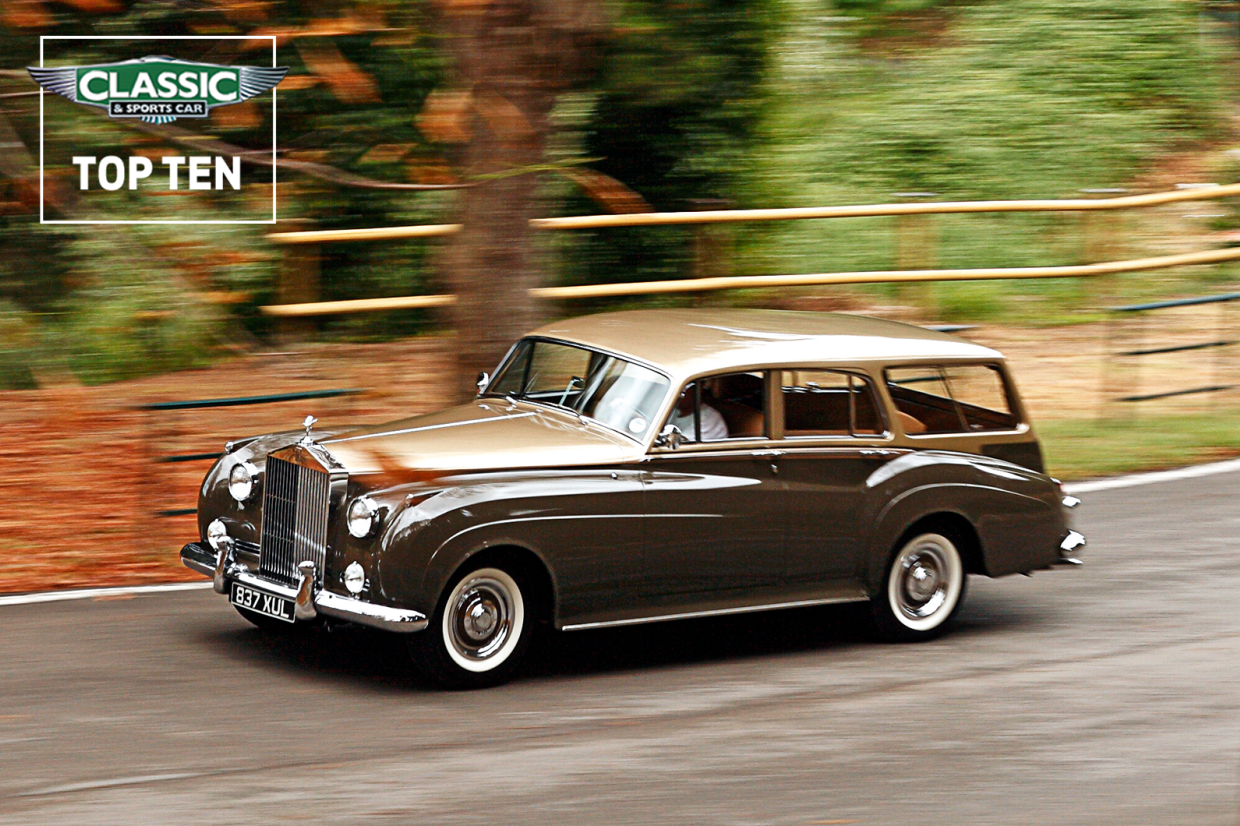
Estate cars – or if you like, station wagons – of the classic era are no longer perceived as boring workhorses.
Far from it: in many cases they’re more interesting and collectable than the saloons they are based on and almost always a lot rarer; even the big wagons from the likes of Ford and Vauxhall were semi-coachbuilt special editions until the beginning of the ’70s.
We think they’re super-cool and to prove it here are 10 of our favourite load luggers that will cut as much of a dash at the polo club as they will at the builders’ merchants.
1. Jaguar Mk2 County
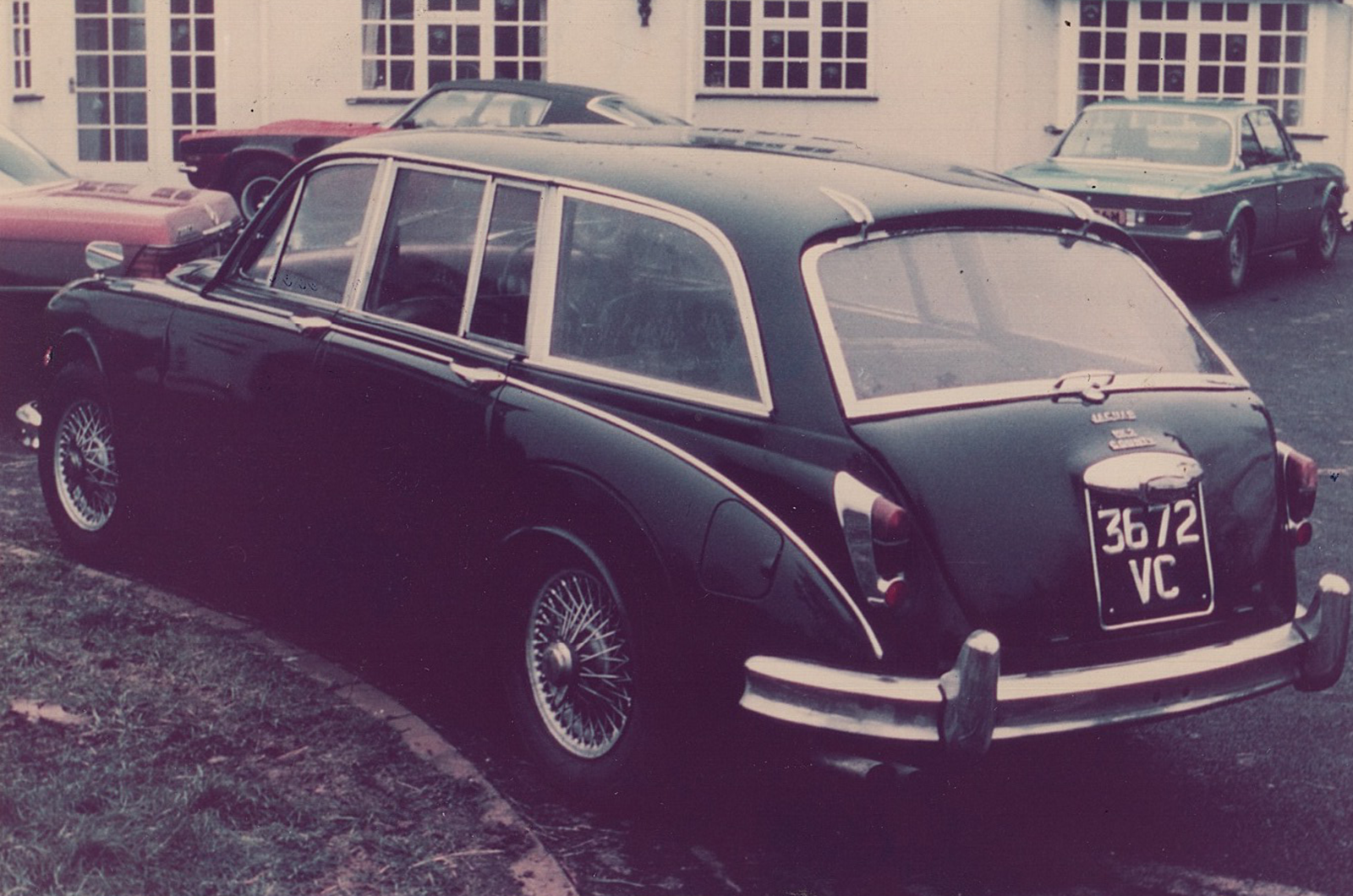 This car has an odd history even by the standards of rare estate cars.
This car has an odd history even by the standards of rare estate cars.
The idea was first mooted by Duncan Hamilton and Mike Hawthorn, the Jaguar works D-type drivers. When they found they could not persuade Sir William Lyons to back the scheme, they decided to build and market an estate version of the Mk1 3.4 saloon themselves, with motoring artist Roy Nockolds advising on styling treatment.
The idea lost momentum after Hawthorn’s death, but a single example of a Mk2 Jaguar 3.8 was converted in the spirit of Nockholds’ design by the coachbuilders Jones brothers.

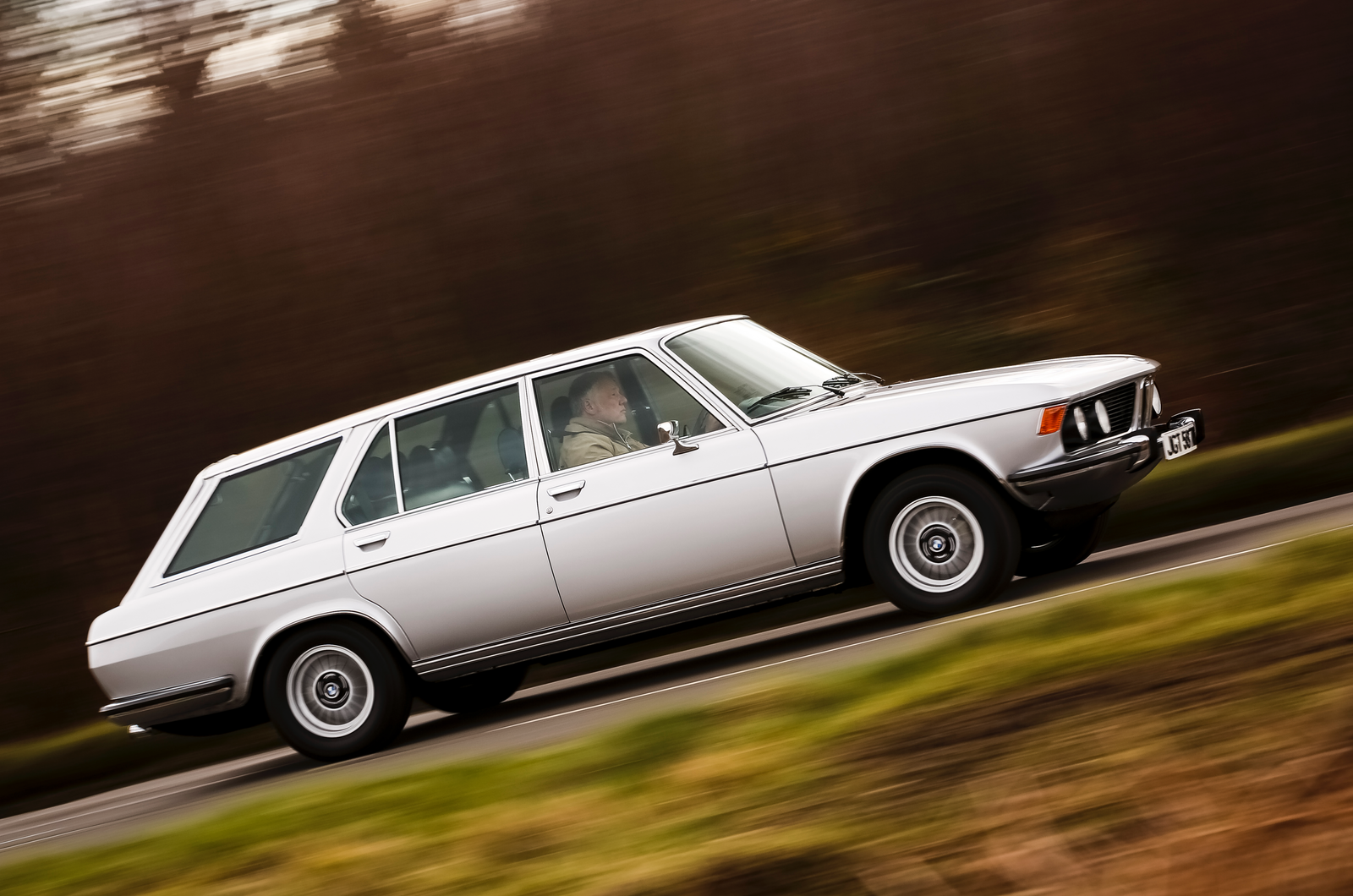 In 135mph 3.0Si form these
In 135mph 3.0Si form these 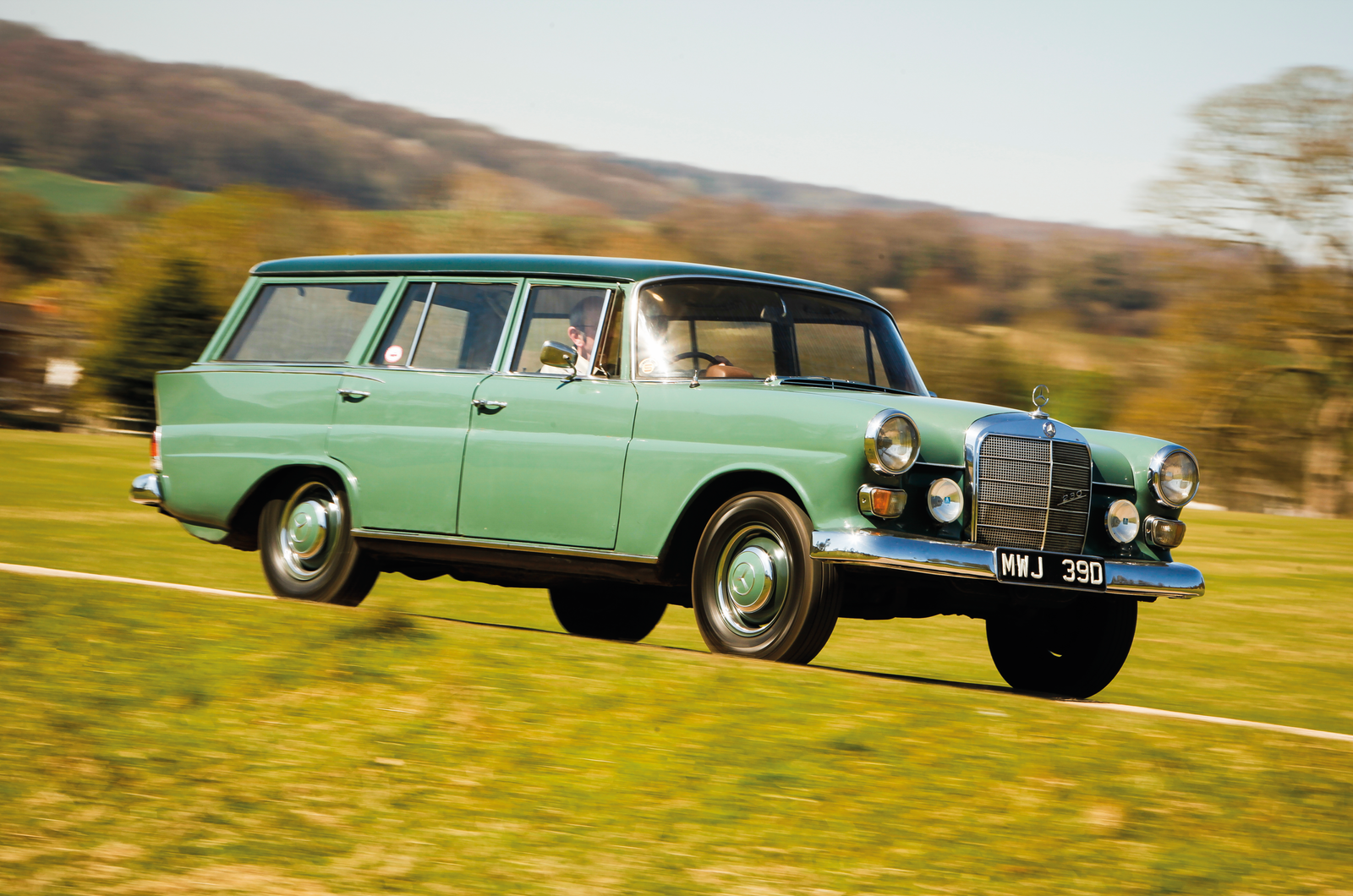 The idea of building factory-designed and constructed estates didn’t win many fans within
The idea of building factory-designed and constructed estates didn’t win many fans within 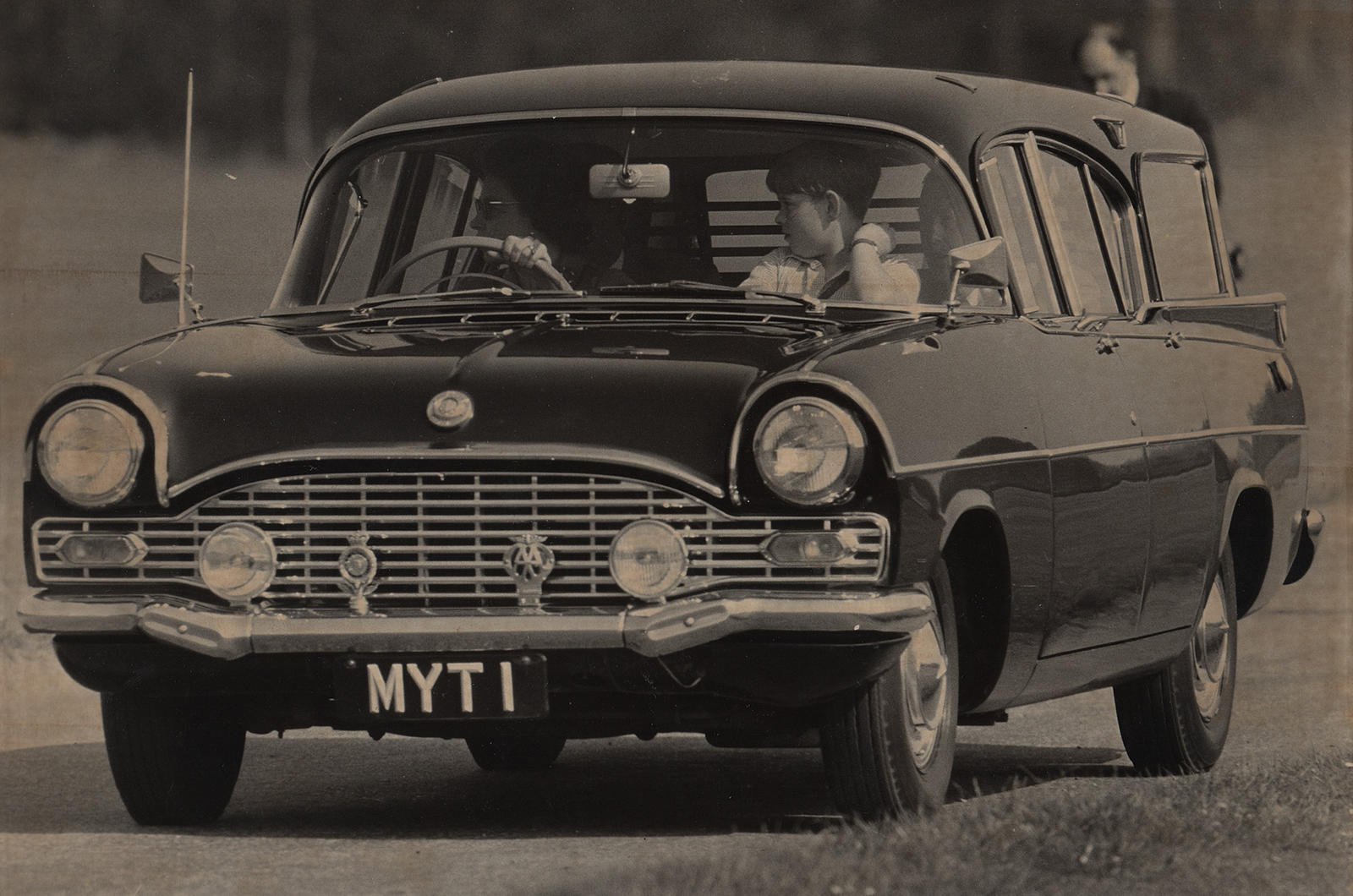 Queen Elizabeth II had a variety of interesting and rare estate cars in the ’60s, which she would often be spotted driving herself, including a Countryman version of the Vanden Plas 3-Litre.
Queen Elizabeth II had a variety of interesting and rare estate cars in the ’60s, which she would often be spotted driving herself, including a Countryman version of the Vanden Plas 3-Litre.
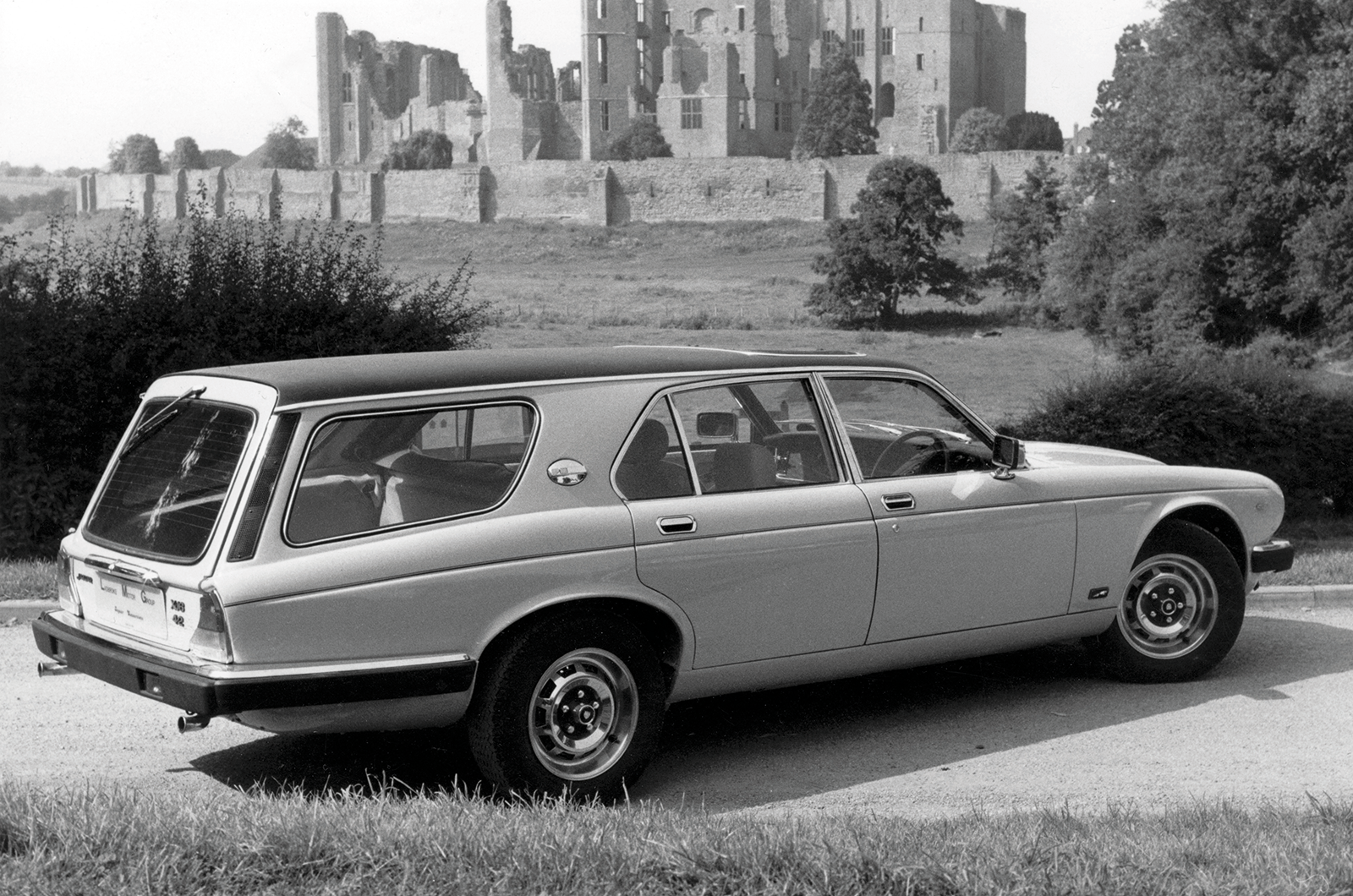 Even by as late as the early ’80s
Even by as late as the early ’80s 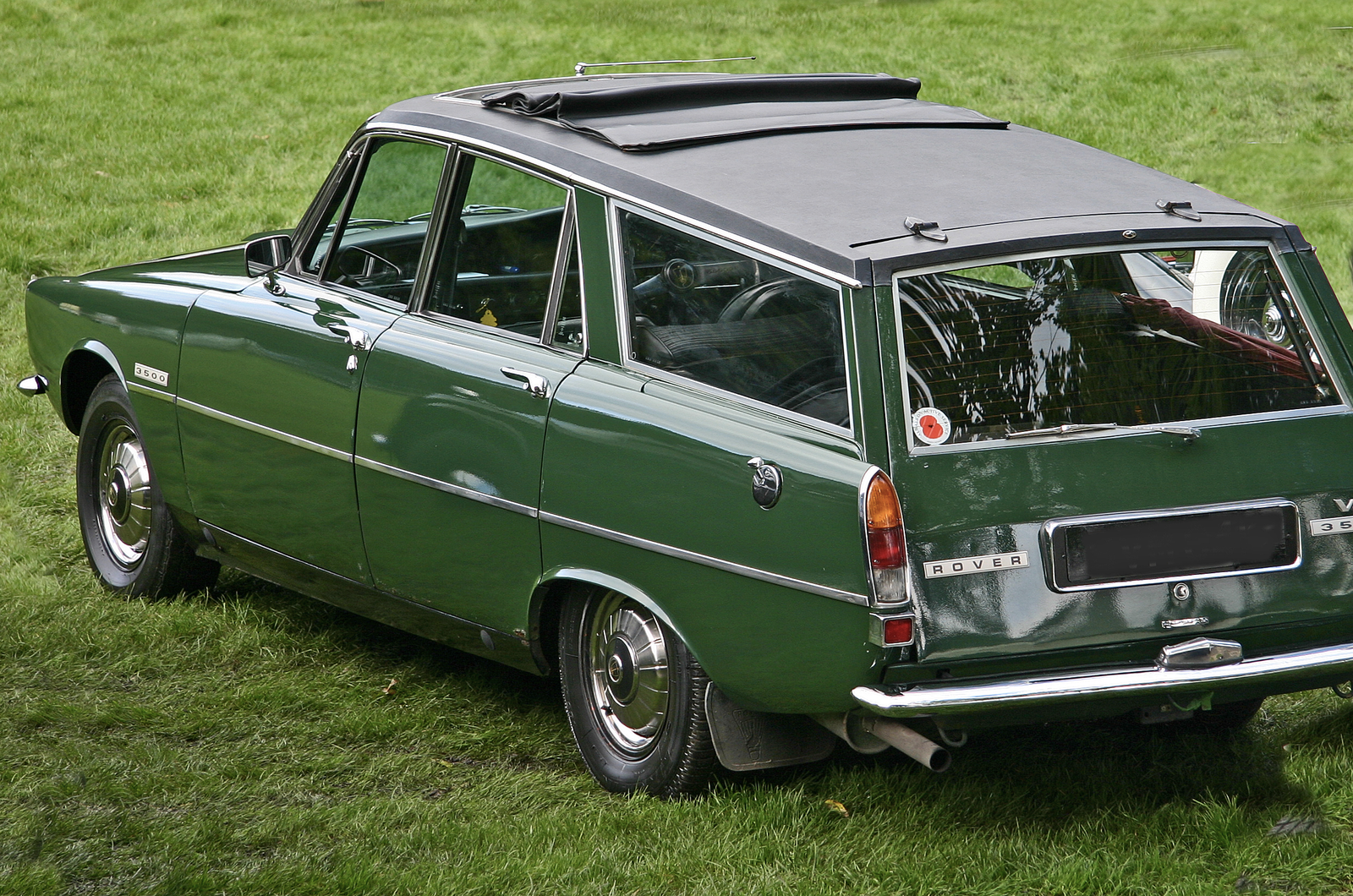 The late-’60s
The late-’60s 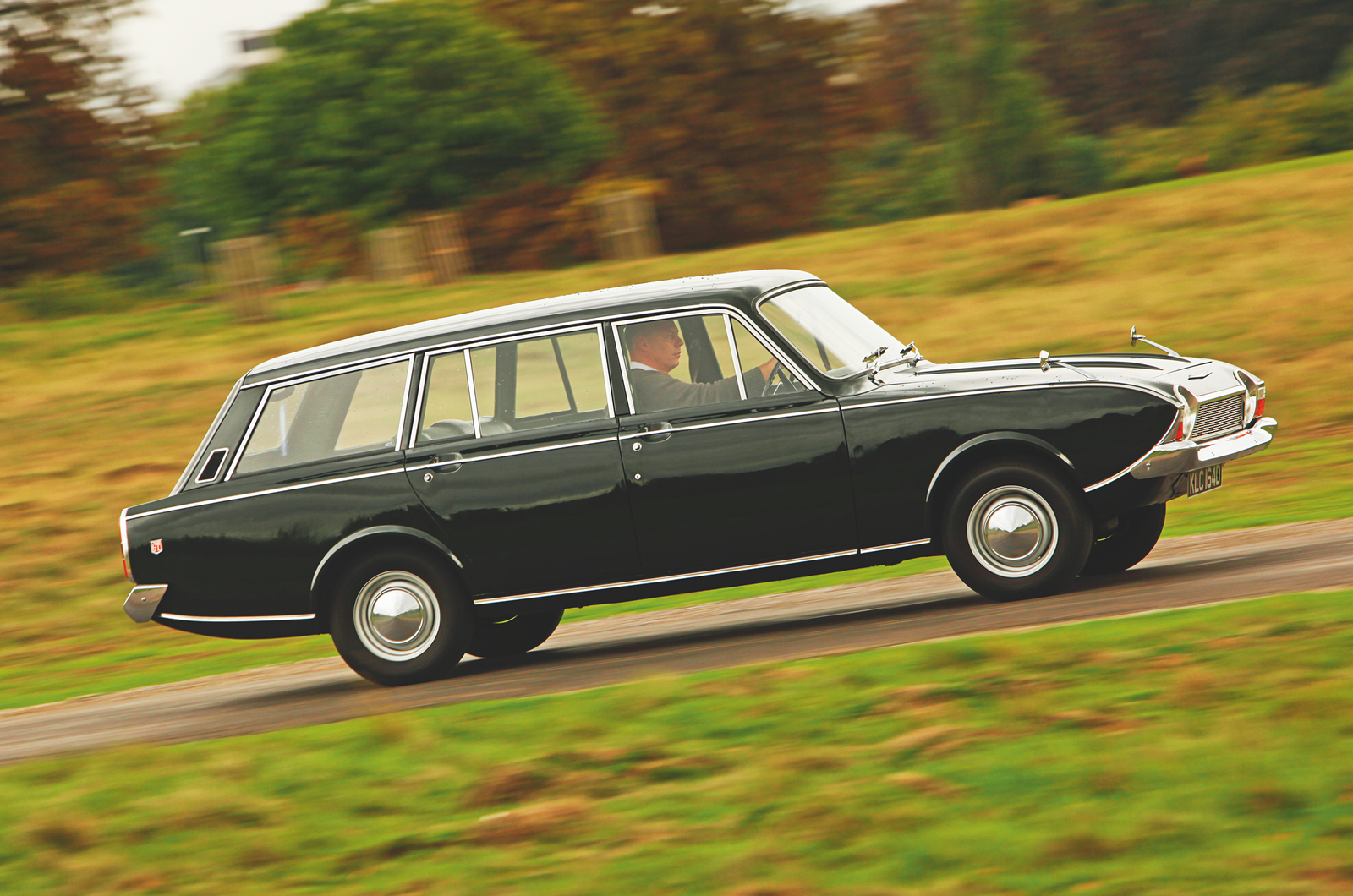 This Abbotts estate version of the
This Abbotts estate version of the 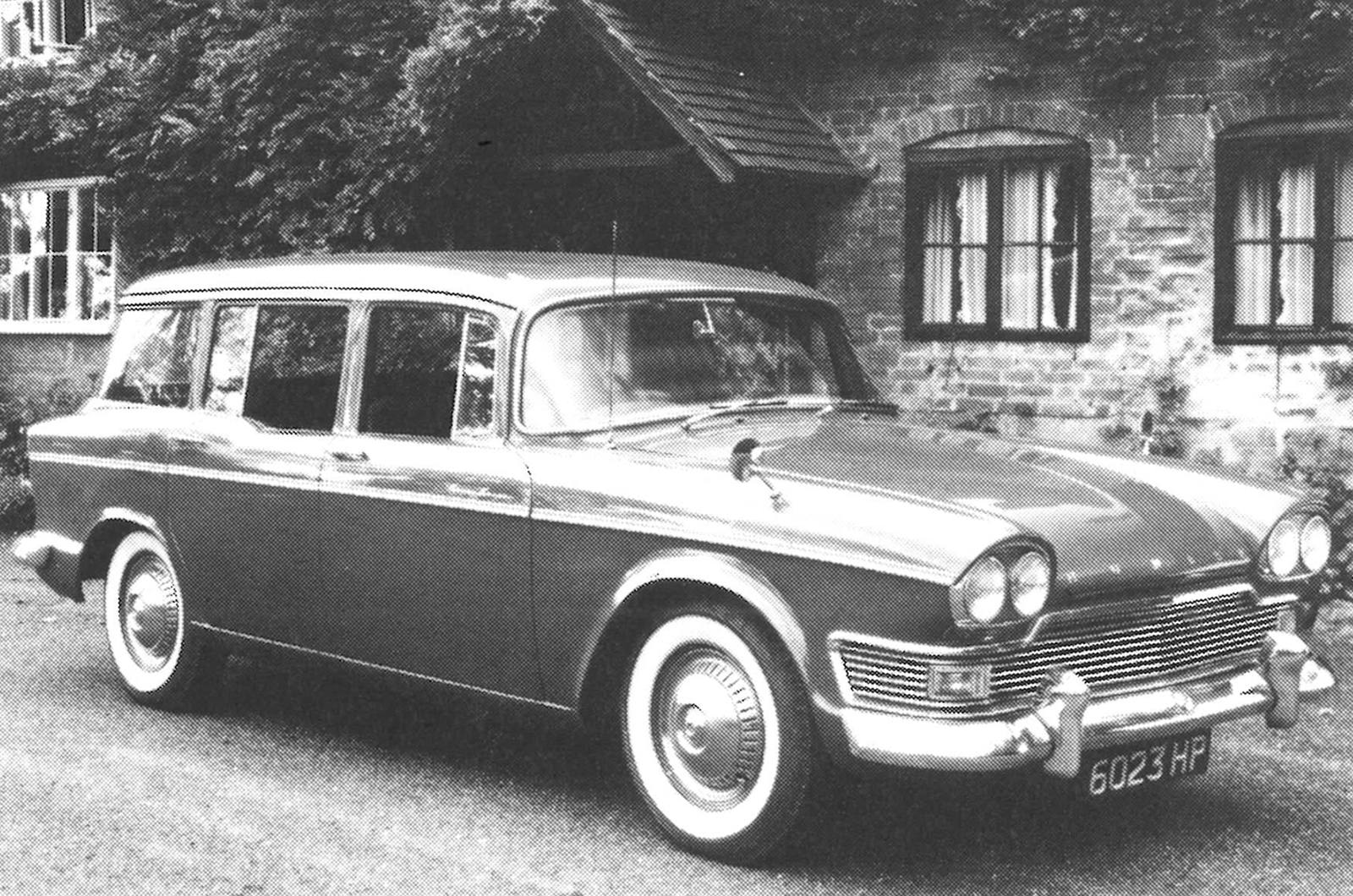 Rootes had built estate versions of its previous generation of
Rootes had built estate versions of its previous generation of 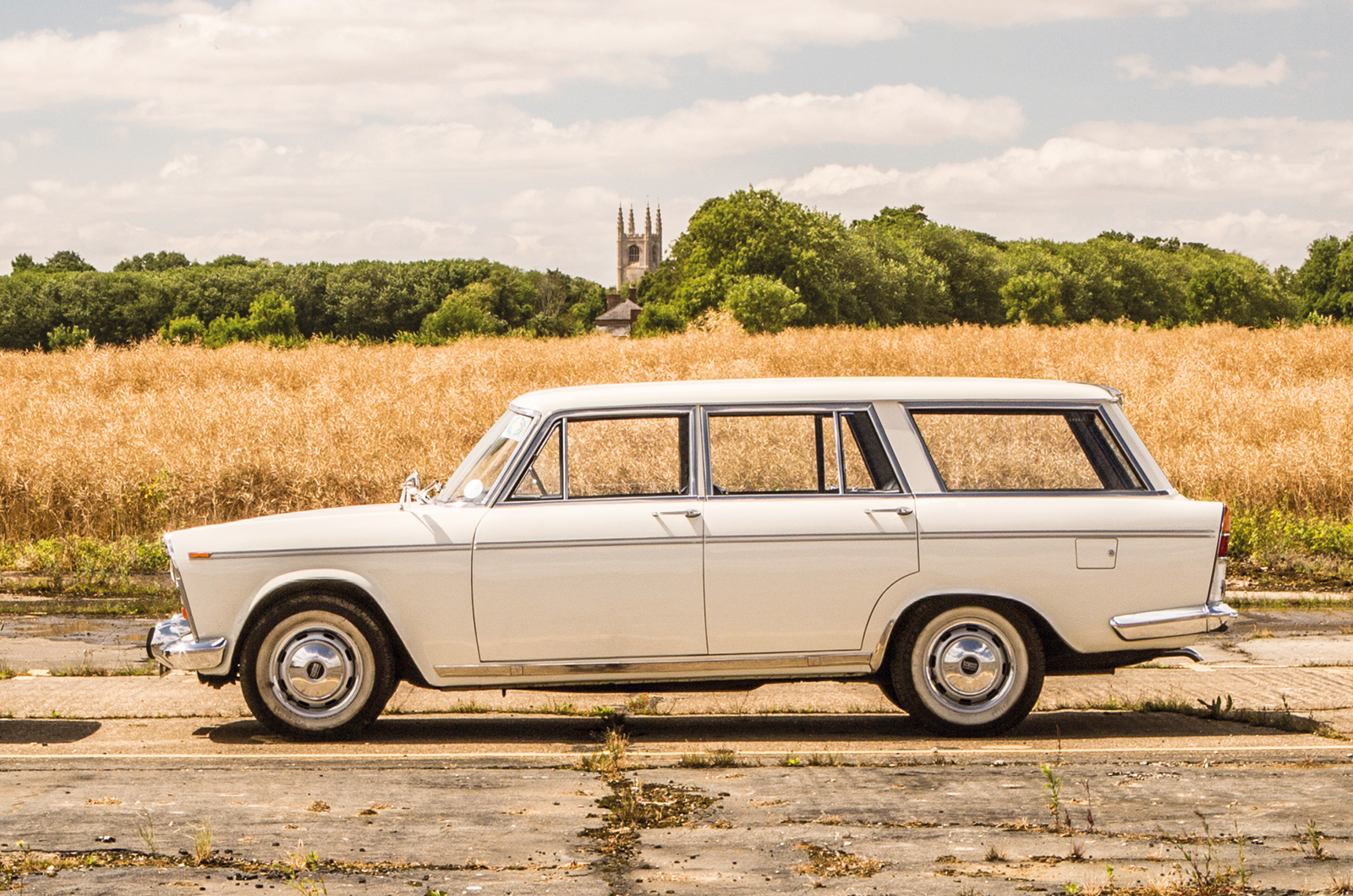 These handsome, pleasingly finished 6-cylinder estates were fairly popular in the early ’60s, being an early example of a factory-built load carrier that had aspirations towards performance and luxury rather than pure utility. They are now almost extinct.
These handsome, pleasingly finished 6-cylinder estates were fairly popular in the early ’60s, being an early example of a factory-built load carrier that had aspirations towards performance and luxury rather than pure utility. They are now almost extinct.
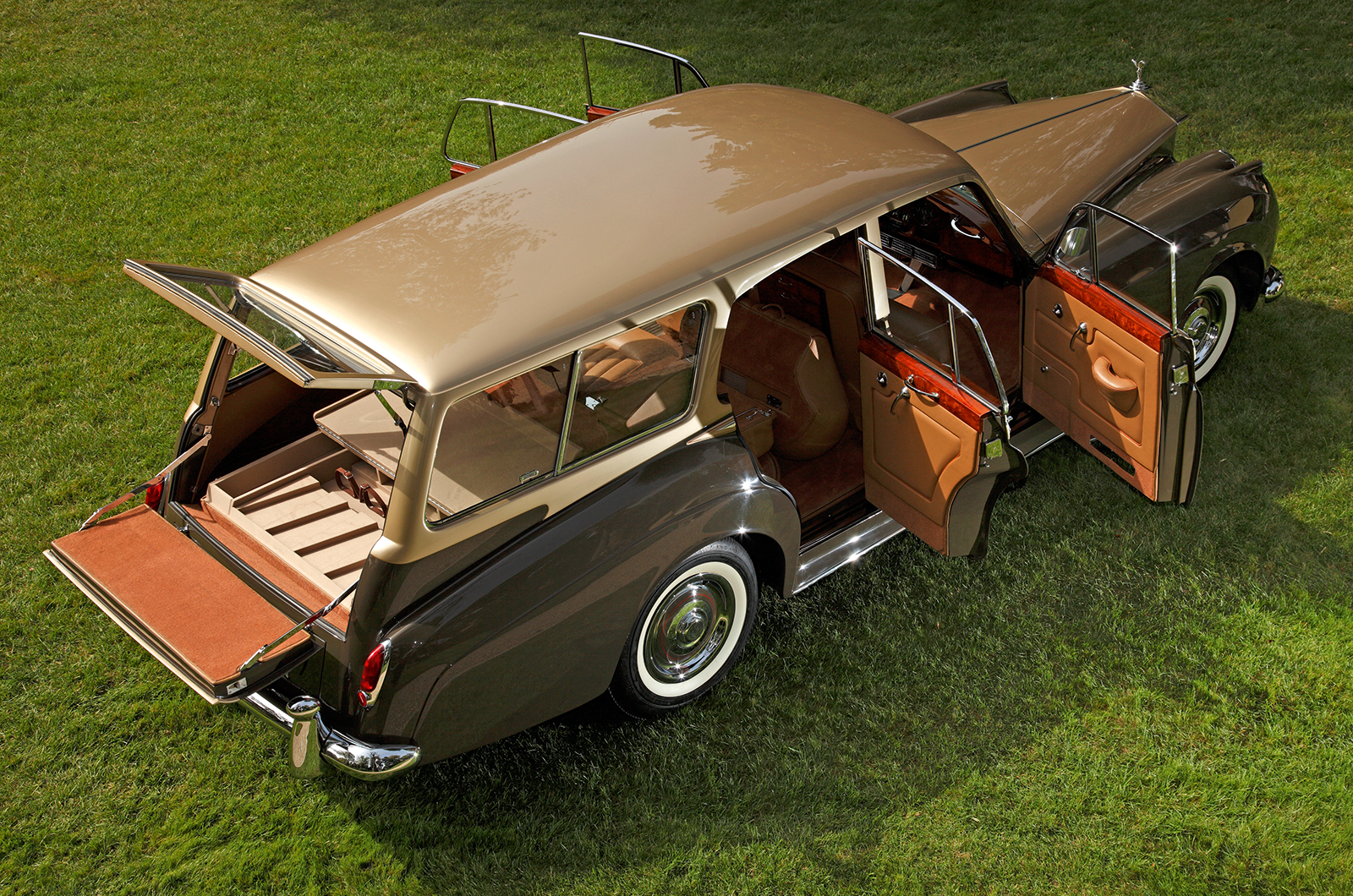 Shooting brakes have been part of the
Shooting brakes have been part of the 